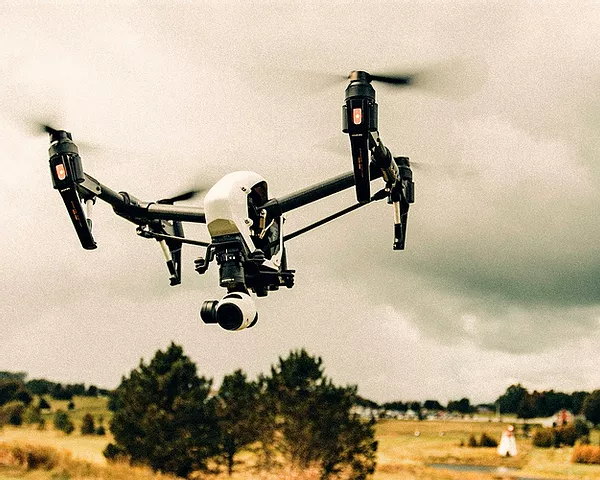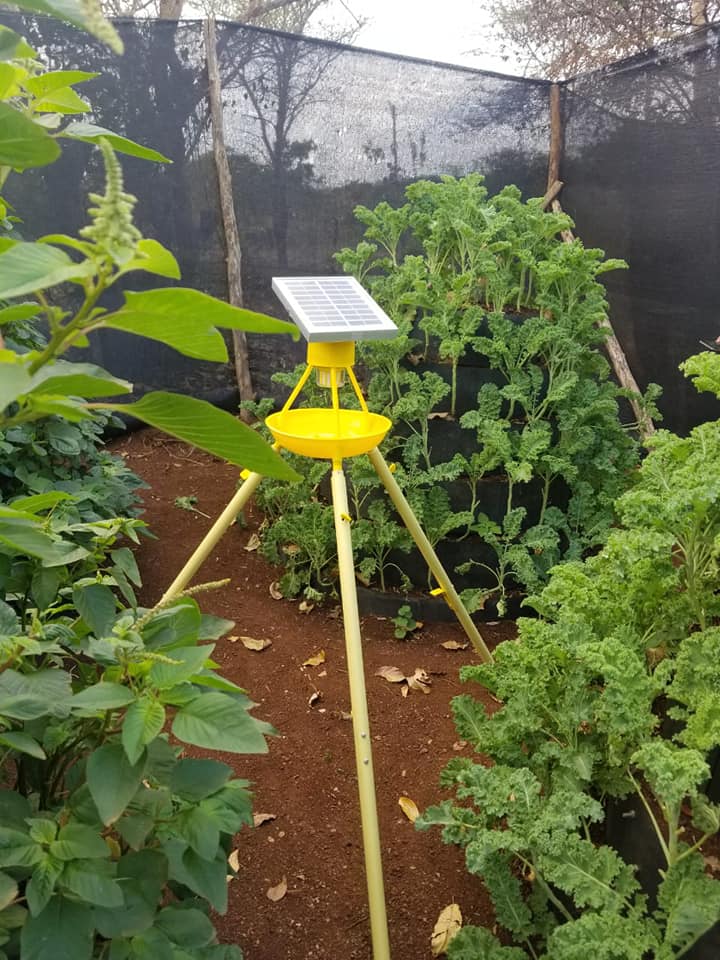
By George P. Munene
After 13 years in the aviation sector, retired Captain Dan Ng'ong'a has meshed his newfound passion for agriculture and his aviation background to help farmers master precision agriculture that helps them raise their yields and cut on costs.
“A drone fitted with an 18-liter tank can cover five acres of farmland in just 15 minutes. This is compared to conventional human spraying that takes 4-5 hours and up to three rounds of spraying with a 20-liter knapsack sprayer to cover an acre of land. This means agrochemicals that would for example last a month can be stretched to last for two months instead,” Ng'ong'a explains.
“As a farmer myself (he runs Danico Ventures—a mixed farm located at Emakoko, Kitengela) I am all too aware of the major pain points for Kenyan farmers; how to improve yields while managing the cost of production,” he says.
Related News: Integrating technology solutions to produce better yields for farmers
Related News: Kenya’s increasing agricultural innovations poised to boost food security
Having gotten his drone license and registered his business, the former Kenya Airways pilot has embarked on helping transform Africa’s agricultural landscape focused on unearthing practical solutions for small-scale farm holders' that help improve their bottom line.
Most of Africa's population is, directly and indirectly, dependent on agriculture, practiced mostly by small-holder farmers and the multiplier effect of having marginal gains in the sector could be transformational for the continent he contends.
“We are focused on offering the right value proposition to small-scale farmers: collating 20 farmers paying Sh2000 each for a service rather than one large scale farmer paying a similar amount will have a larger footprint in the transformation of Africa's agriculture,” Dan elucidates.
Danico Drones offers a bouquet service; from soil testing and analysis, crop scouting and crop spraying.
The company uses scanning technology for soil tests meaning the results are instantaneous; they're received after just five minutes, unlike the usual KALRO results which take two weeks. As standalone samples for an acre soil tests cost farmers Sh2000.
“We encourage smallholder farmers to pool together to make it economically feasible to reach regions further out from where we are headquartered in Nairobi,” Ng'ong'a says.
For scouting services, a drone can cover two acres in just five minutes—it takes real-time aerial pictures of a farm which are then stitched onto a map which forms the basis of analysis. This gives the farmer the ability to better plan their farm.
For plant pest and plant diseases analysis they are able to reflect different amounts of visible light (VIS), near-infrared (NIR) light VIS and NIR light, which are a measure of how healthy plants are. By measuring the changes in visible and NIR light reflected from a crop, farmers can spot potential health issues in their crop. Unmanned aerial vehicles also allow for targeted spraying—zeroing in on the exact area a farmer should be looking to apply agrochemicals on their farm. This helps save on chemical application costs and is useful for farmers looking to minimise their use of chemicals. The technology also integrates remedies for crop stresses such as diseases which can be sought through mobile crop advisory apps.
Farmers also get an exact bearing on the plant population on their farm allowing them to have an accurate reading of their expected yield. Other important measures are weed analysis and agriculture applications such as fertilizer, pesticides, and water distribution.
All this allows farmers to practice precision agriculture ensuring inputs – nutrients, pesticides, seeds or water are used with exactitude and strategically improving productivity and resource efficiency, reducing costs and exerting minimal environmental impact.
Related News: Kenya to build Africa’s first agritech innovation incubator
Related News: Affordable internet enabling farmers improve food production
Aerial survey rendering cost Shs 5,000 with crop scouting and analysis costing a further Sh5,000 per acre. Crop spraying cost Sh 2,500 for every acre with a minimum acreage of four acres
“With time the data bank we hope to collect can also be useful to national and county governments for better planning by helping determine the most impactful agricultural interventions as well as private players such as agricultural insurance firms in helping set premiums,” says Dan.
The company is currently drafting an operational plan for use of drones in combating the locust menace that has swarmed East Africa.
Danico Drone Services:
+254733271175
This email address is being protected from spambots. You need JavaScript enabled to view it.
Write comment (3 Comments)
















